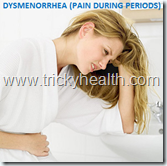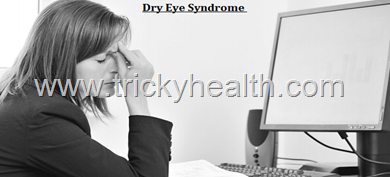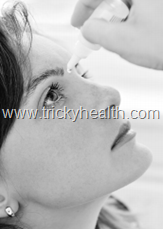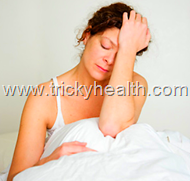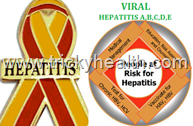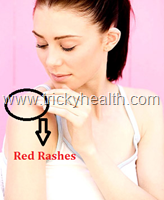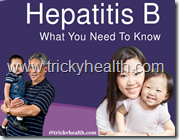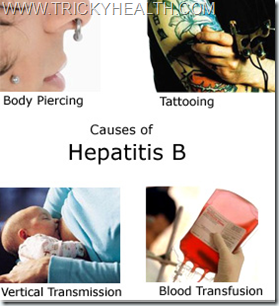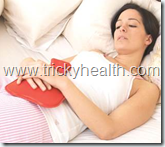 In our previous article we discussed about what is Dysmenorrhea and various Symptoms of Dysmenorrhea. If you want to check out that article on women health Education on Dysmenorrhea you can CLICK HERE. Now in this Medical Health education article on Women Health we provide the various health caring tips and various medical treatments to overcome these health problems.
In our previous article we discussed about what is Dysmenorrhea and various Symptoms of Dysmenorrhea. If you want to check out that article on women health Education on Dysmenorrhea you can CLICK HERE. Now in this Medical Health education article on Women Health we provide the various health caring tips and various medical treatments to overcome these health problems.
MANAGEMENT OF DYSMENNORRHEA
Treatment of dysmenorrhea is very important as it can lead to many complications. Treatment & management of primary & secondary dysmenorrhea is different as the causes of both types are also different. Treatment of both types of dysmenorrhea is mainly divided into three types which are as follows:
1. MEDICAL MANAGEMENT
2. SURGICAL MANAGEMENT
3. OTHER
MEDICAL MANAGEMENT: Medical management means to treat with the help of medications here no surgical procedure is performed. This type of surgery is mainly preferred for the primary dysmenorrhea. The various medical interventions to treat dysmenorrhea are as follows:SURGICAL MANAGEMENT: This type of treatment is mostly preferred for the secondary dysmenorrhea. The treatment of secondary dysmenorrhea depends upon the underlying disease condition. The various surgical interventions to treat the dysmenorrhea are:NSAIDs: Non Steroidal Anti Inflammatory Drugs (NSAIDs) are common & effective drug used to treat the primary dysmenorrhea. These are mainly used to relieve the pain. The most common drugs are ibuprofen, Naproxen, Acetyl Salicylic Acid (ASA).Hormonal contraceptives: oral contraceptives such as combined oral contraceptive pills are also used to treat the dysmenorrhea. Others contraceptives such as Depo-Provera, hormone containing intrauterine devices are also used.Anti emetic drugs: these drugs are given to control the nausea & vomiting.
- Nerve ablation
- Presacral neurectomy
- Surgical fibroid removal
Exercise: exercising during menses can reduce the pain level because by exercising mainly the pelvic exercises there is increased blood supply to the uterine muscle which can automatically reduce the pain level.Heat therapy: applying heat pads to the lower abdomen can help in relieving pain as this also improves the blood circulation to the uterine muscles.Dietary modifications: taking vitamin B1, B12, Thiamine, vitamin E can help in reducing the pain Level to some extent. Increasing the magnesium supplements & the carbohydrate level can relieve the pain level.Relaxation therapy: relaxation techniques such as yoga, meditation, listening soft music can help in reducing the pain level.Acupuncture: this technique helps in exciting receptors or nerve fibres, & also blocks the pain channels & thus relieving the pain.
MEDICAL HEALTH CARE TIPS FOR THE HOME MANAGEMENT OF DYSMENORRHEA
To control the pain level & further increase in the pain level, one should have the knowledge that how to prevent these conditions & their management by themselves at their own home setting. Here are some health tips by using them you can control the symptoms of dysmenorrhea. These are as follows:
1). Apply a heating pad to your lower abdomen as soon as you start feeling pain or as soon as the menses start, but never fall asleep as there can be the burning chances. These heating pads should be applied three to four times during day time.2). Do light exercises such as walking, running or mainly the pelvic floor exercises which can increase the blood supply to the uterine muscles & relieve the pain level.3). Do the light circular massage to lower abdomen with your finger tips as this will also helps in improving the blood supply.4). Drink warm beverages to reduce the pain level.5). Eat light & frequent meals to prevent the nausea & vomiting.6). Have diet rich in Complex carbohydrates such as whole grains, fruits, vegetables but should be low in salt, sugar, alcohol & caffeine.7). Take warm shower or bath to improve the blood circulation.8). Keep your legs raised while lying down & lie on one side with the knees bend.9). Do the relaxation techniques such as yoga, listening soft music, guided imagery etc. to divert your mind.10). Regularly do the pelvic rocking exercises as the menses start up-to the last day of menses.11). Keep yourself stress & tension free as the tension & stress can lead to increase production of prostaglandins which increase the pain level.12). Take diet rich in carbohydrates, vitamin B1, B12, Thiamine, vitamin E & magnesium.13). Take the NSAIDs (non steroidal anti inflammatory drugs) two or three days before starting the regular cycle.14). Weight can also be a possible cause of dysmenorrhea so if you have all the sign & symptoms of dysmenorrhea then try to lose your weight by regular exercises, diet control & behavior modifications.15). Keep & maintain menstrual hygiene by changing your undergarments daily & thoroughly wash & dry them in sun. Frequently change your pad as per need.16). If by following all these methods your dysmenorrhea symptoms do not relieved then you should consult a doctor to rule out the presence of secondary dysmenorrhea.
These are some very basic health tips that a women should know to take care of herself… Have a Healthy Life ahead……
